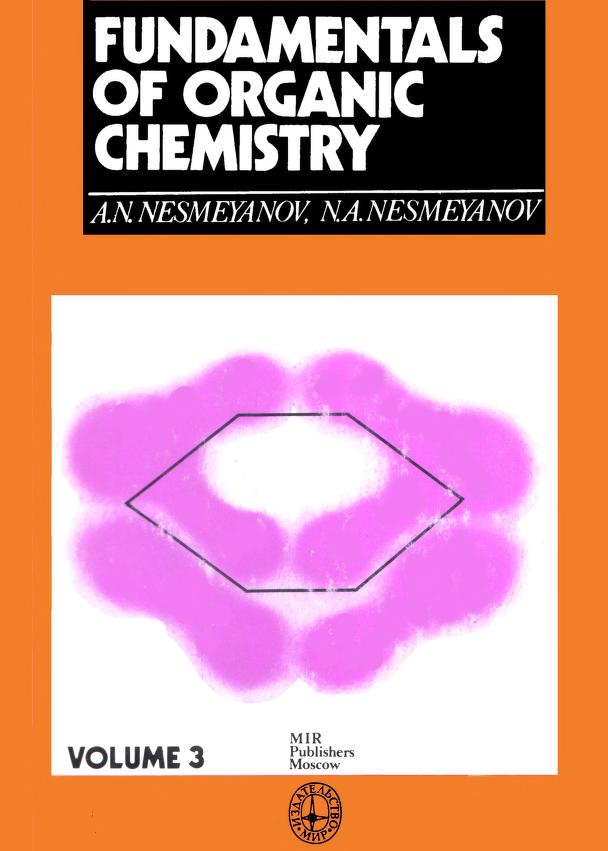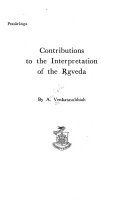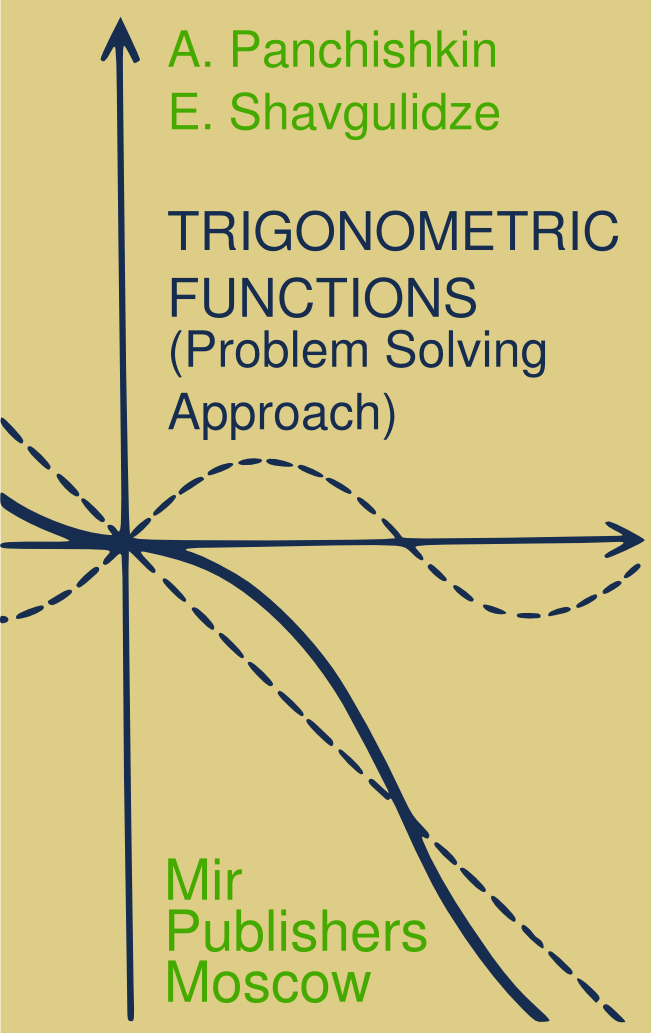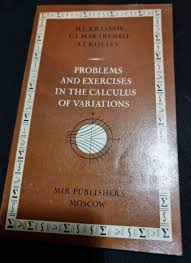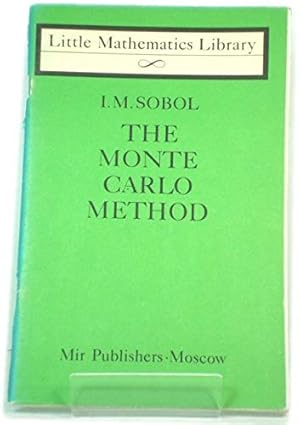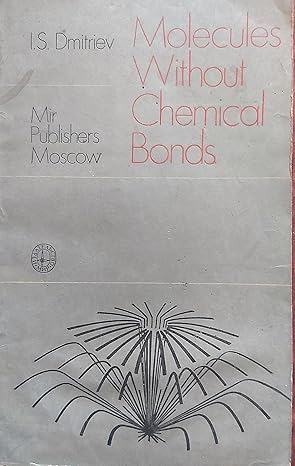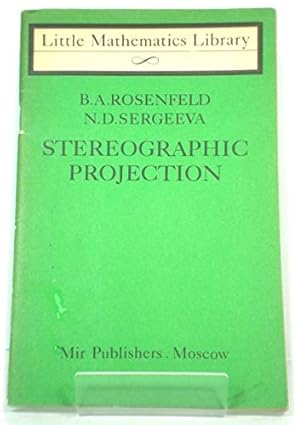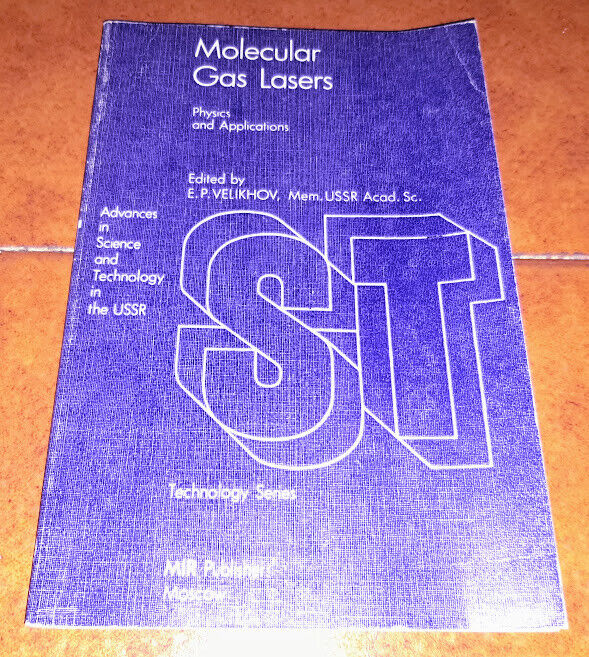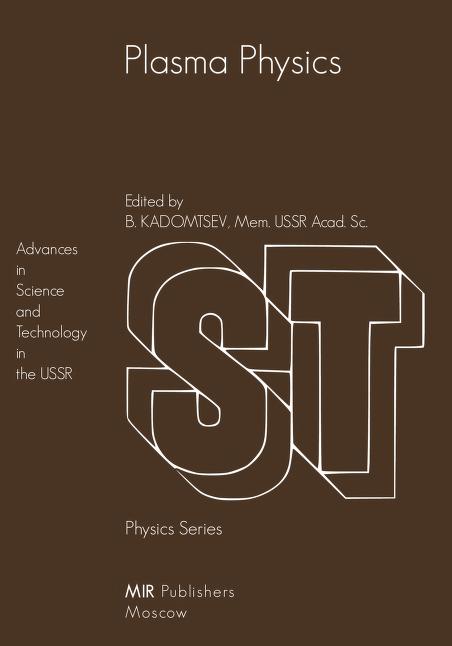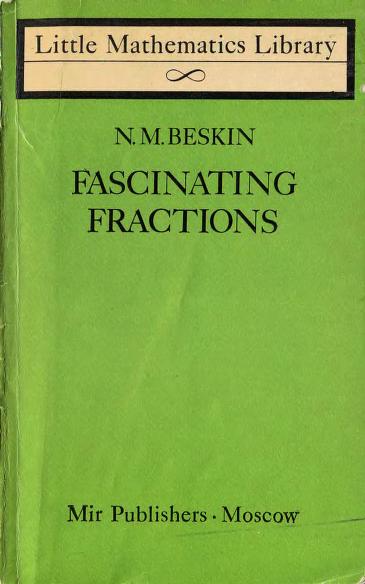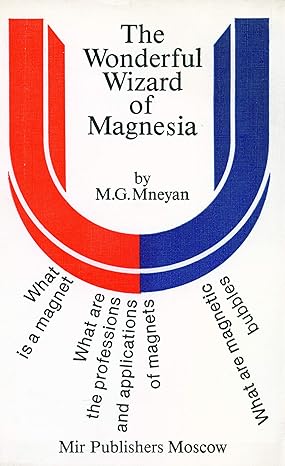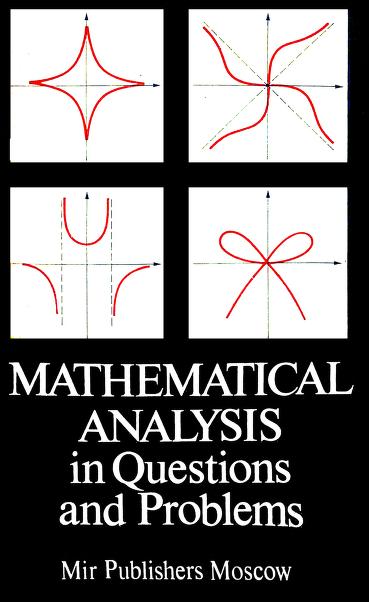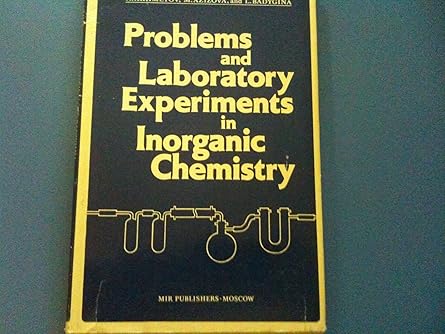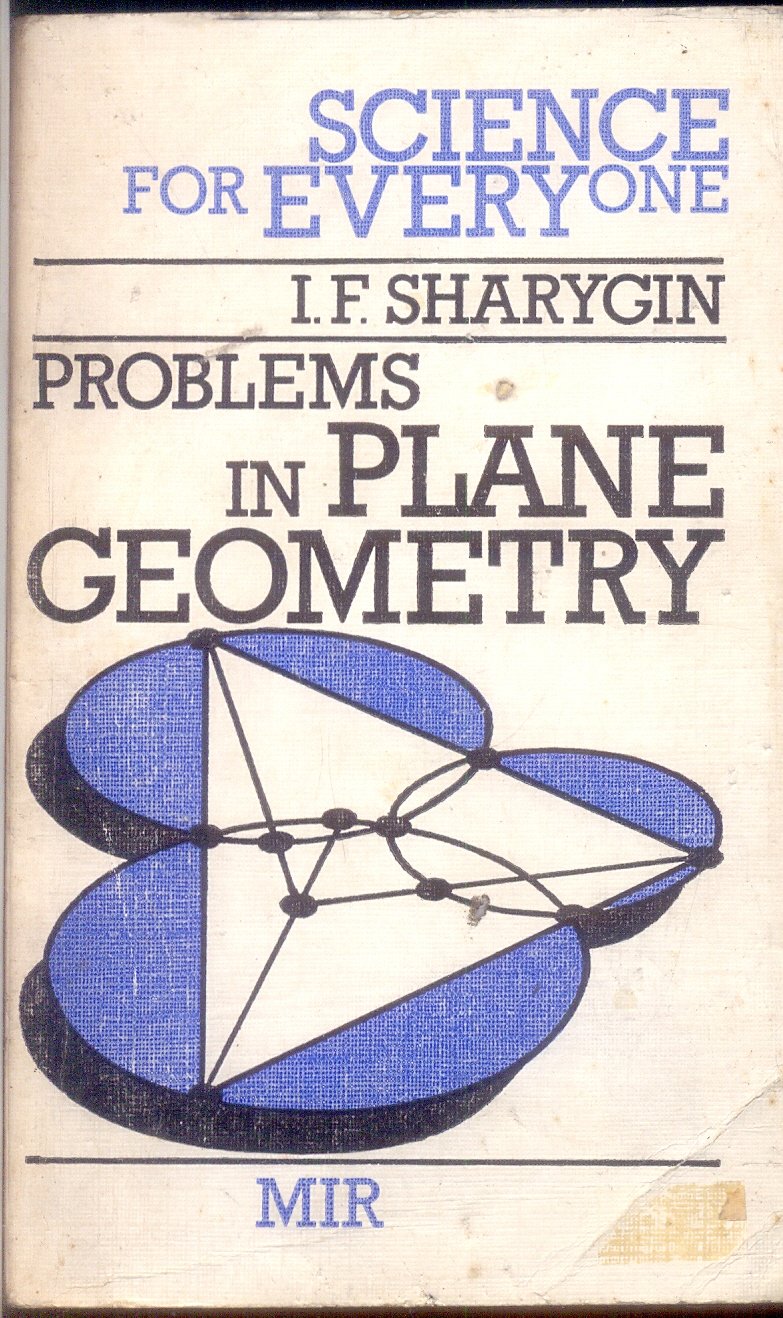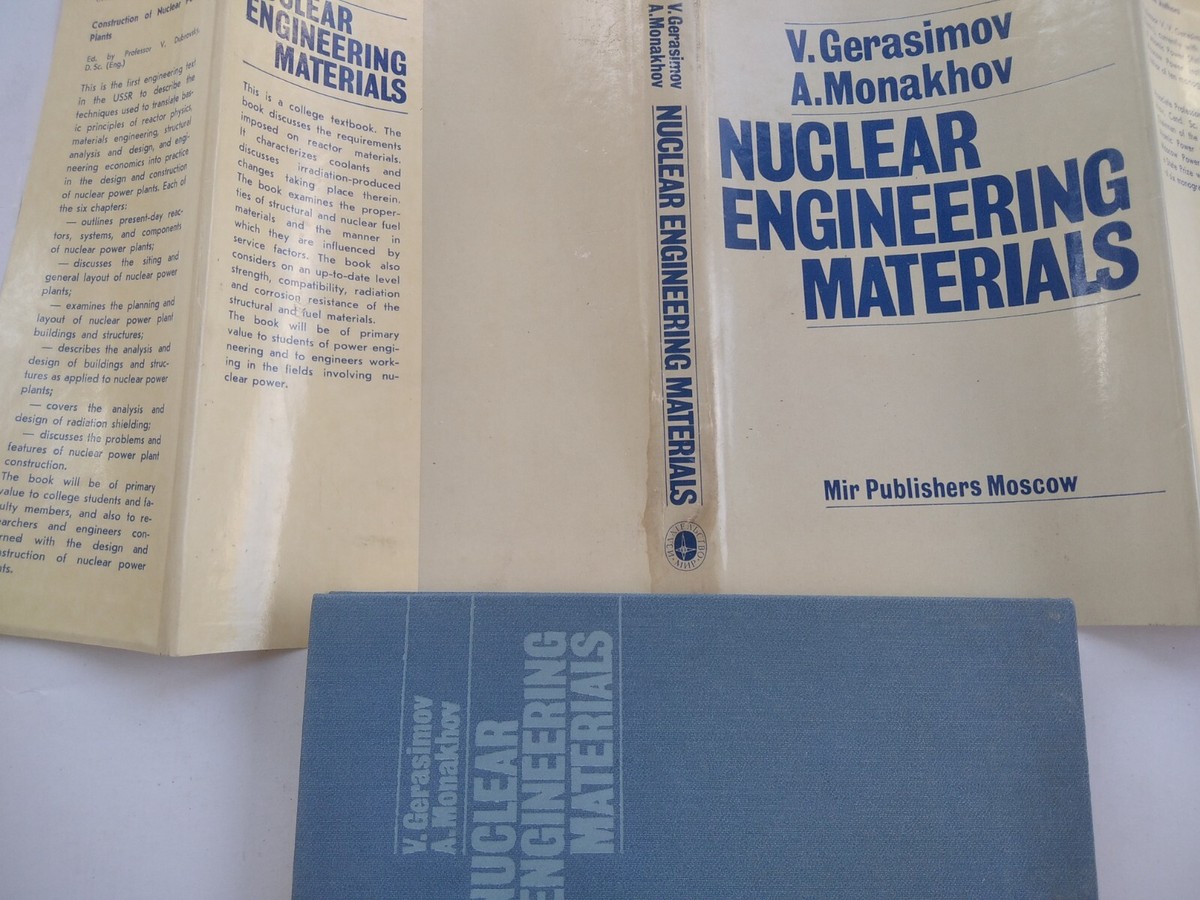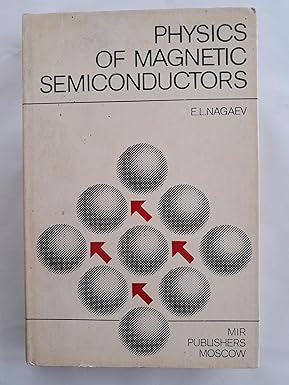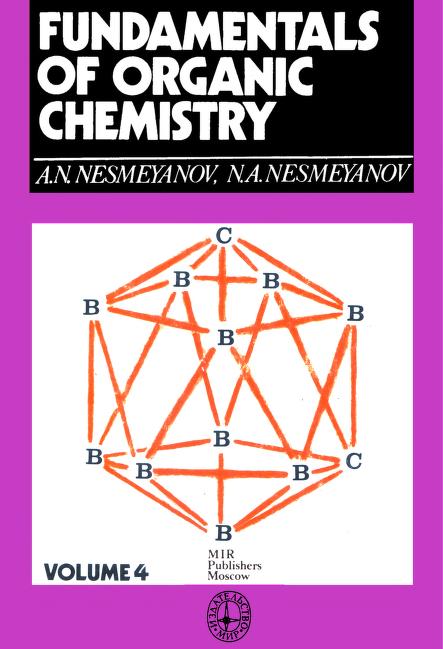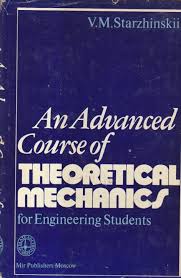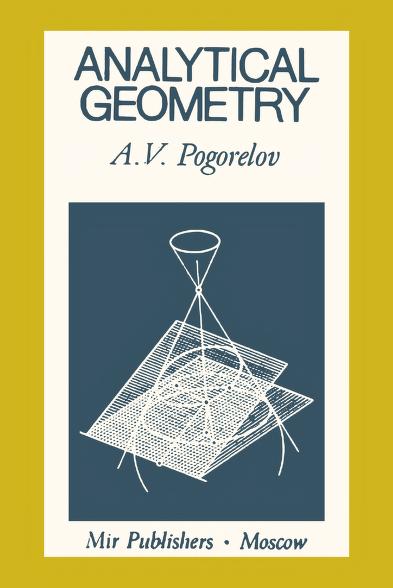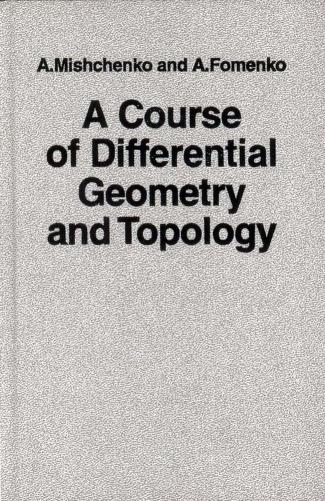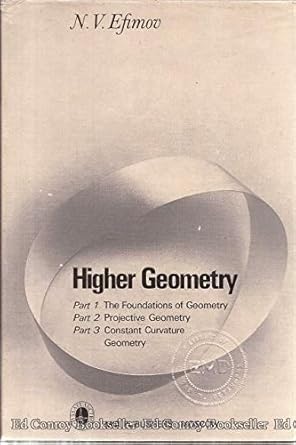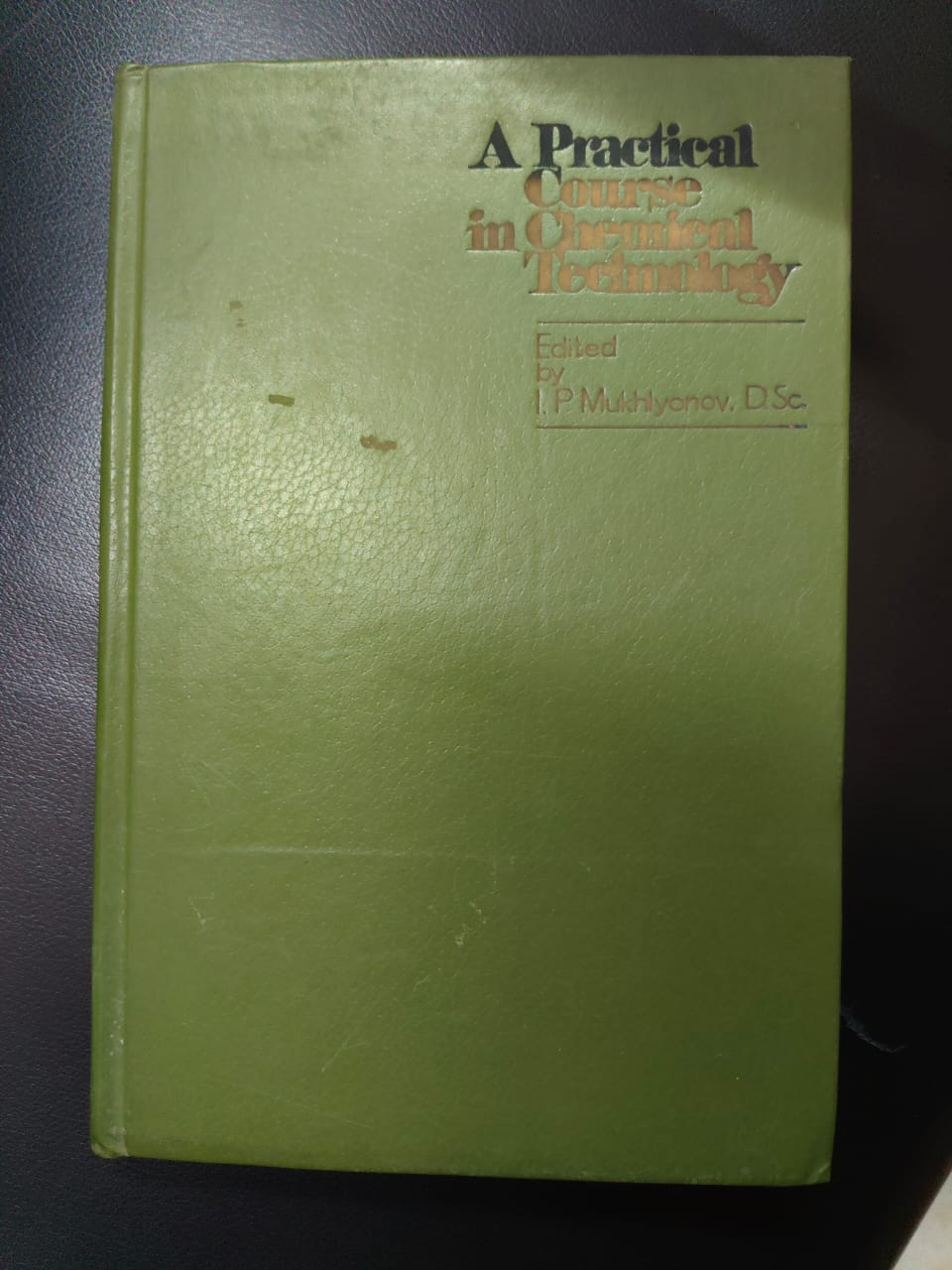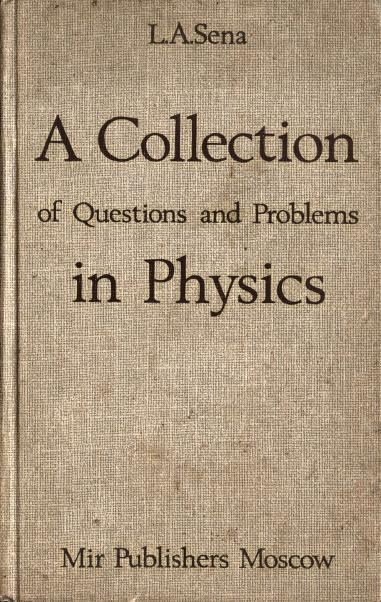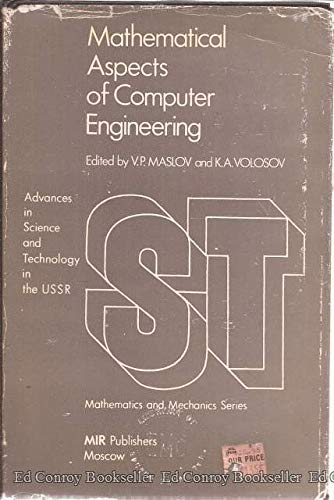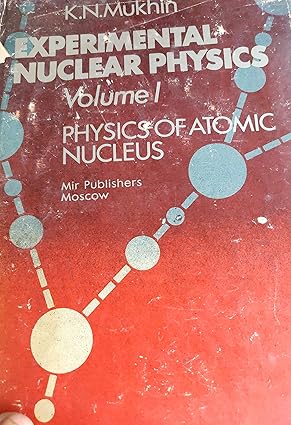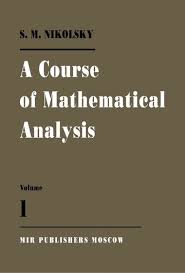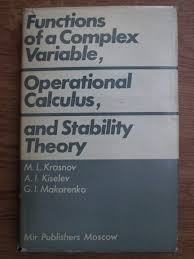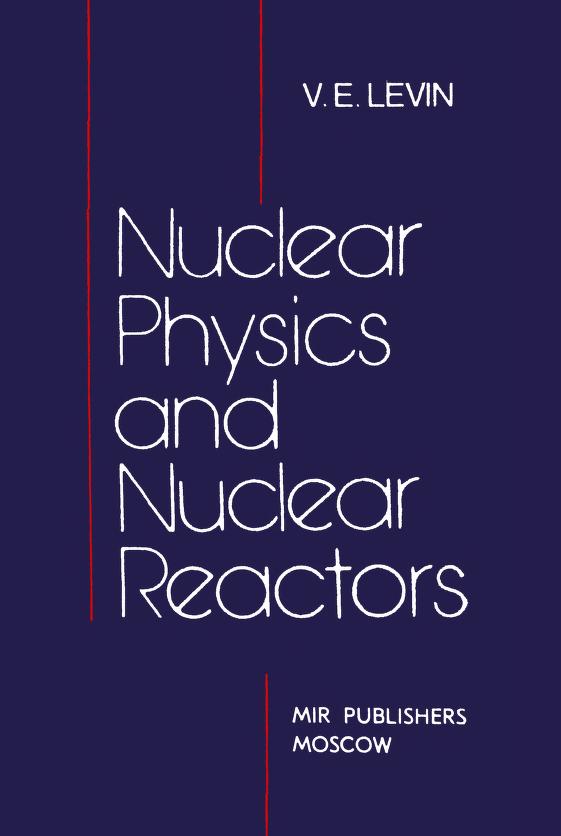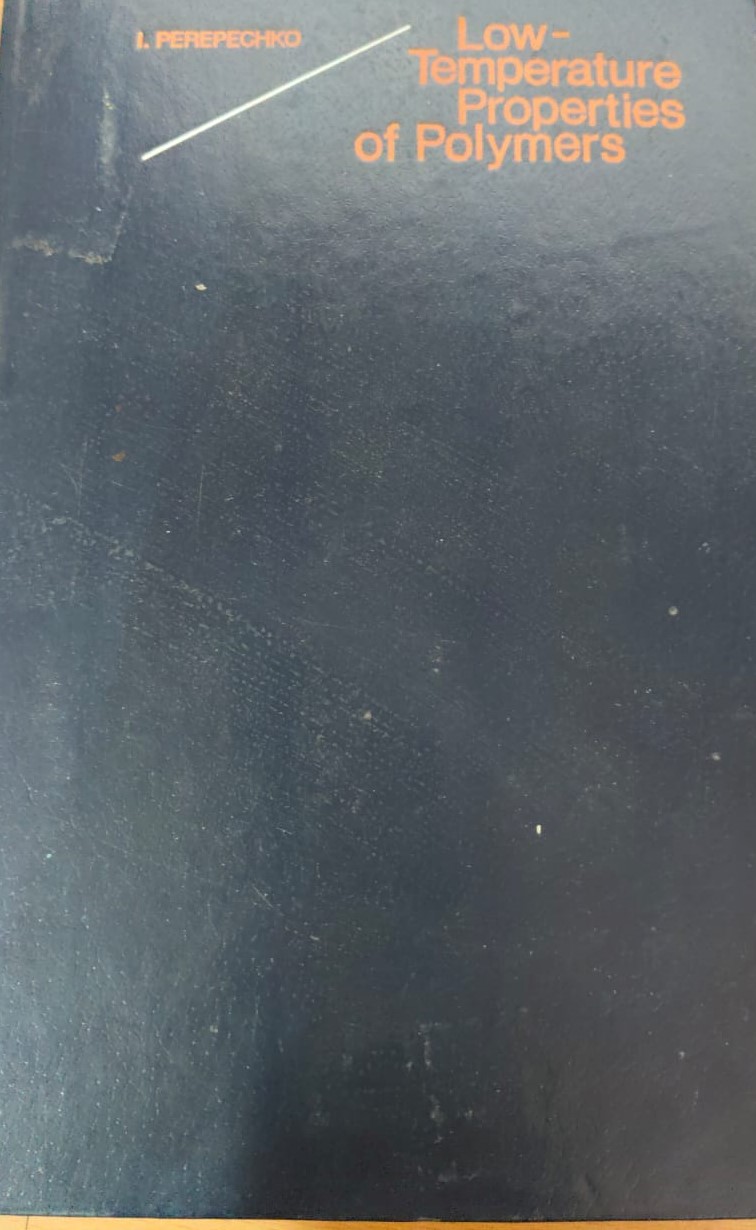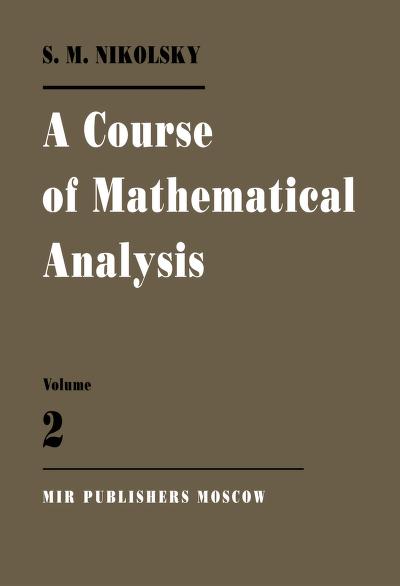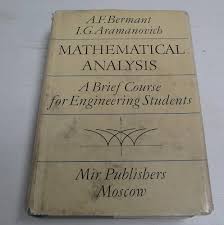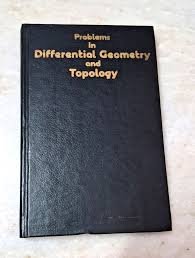- Online Book Store
- Wishlist
- Blogs
- Contact Us
- Login / Register
Fundamentals of Organic Chemistry V-3
- Availability: In 1 Stock
- Be the first to review this product
About the Book
This is Volume III of a four-volume textbook designed for a systematic study of organic chemistry. The material covered in the book is divided into two parts and covers a considerably wider field than the normal university treatment of the subject. Part One (the first three volumes) is constructed along "classical" lines. Part Two (volume IV) is intended for attentive reading rather than for close study. Volume III is devoted to aromatic and heterocyclic compounds. The material is presented in order of increasing sophistication—first, rather simply and in detail, and then in more and more concise form.
This book has been translated from the second revised Russian edition published in two volumes in 1974. The first Russian edition (in two volumes) was published in 1969.
The book may be used for self-study and for reading the course of organic chemistry at universities and chemical higher schools. It will undoubtedly be of interest to post-graduates, teachers, scientists, and engineers working in the field of organic chemistry.
Aromatic Compounds
Chapter 7. Benzene and Its Derivatives
7.1. Benzene and Its Structure 11
A. Synthesis of Benzene and Its Derivatives from Aliphatic and Alicyclic Hydrocarbons 21
B. Conversion of Benzene into Aliphatic and Alicyclic Hydrocarbons 24
C. Sources of Aromatic Hydrocarbons 25
D. Isomerism of Substituted Benzenes 27
XXVI. Physical Methods of Determination of the Structure of Organic Molecules III 30
E. The Nomenclature of Benzene Derivatives 34
F. Electrophilic Substitution in the Benzene Series 36
XXVII. Orientation in Electrophilic Substitution 44
(A) Factors Responsible for Orientation Effects 47
(B) Hyperconjugation and Ortho-Para Orientation 51
(C) The Orienting Effect of Halogen Substituent 52
(D) Meta-Orientation 54
XVIII. Orientation in Nucleophilic Substitution 56
7.2. Halogen Derivatives of the Benzene Series 59
A. Chemical Properties of Aromatic Halogen Derivatives 64
B. Compounds with Polyvalent Halogens 71
7.3. Dehydrobenzene (Benzyne) 75
7.4. Sulphonic Acids and Other Aromatic Sulphur Compounds 76
A. Sulphonation Reactions in the Benzene Series 76
B. Functional Derivatives of Sulphonic Acids 77
C. Reactions of Sulphonic Acids with Replacement of the Sulpho Group 79
D. Other Aromatic Sulphur Functions 79
7.5. Aromatic Nitro Compounds 80
7.6. Functions Formed by Incomplete Reduction of Nitro Compounds 85
A. Nitrosobenzene 86
B. Phenylhydroxylamine 89
C. Azoxybenzene 89
D. Azobenzene 90
7.7. Aromatic Amines 94
A. Basic Properties of Aromatic Amines 98
B. Electrophilic Substitution in the Benzene Ring of Amines 99
C. Substitution in the Amino Group 101
D. Secondary and Tertiary Aromatic Amines 103
E. Nitroanilines 105
F. Anilinesulphonic Acids 107
G. Aromatic Diamines 109
7.8. Diazo Compounds 111
A. Reactions of Diazo Compounds Without Loss of Nitrogen 117
B. Reactions of Diazo Compounds with Loss of Nitrogen 124
7.9. Phenols 128
A. Reactions of the Phenolic Hydroxyl Group 132
B. Reactions of the Aromatic Ring of Phenols 133
XXIX. Molecular Charge-Transfer Complexes 139
C. Aryloxyls 143
D. Polyhydric Phenols 145
(a) Dihydroxybenzenes 145
XXX. Clathrate Compounds of Hydroquinone 148
XXXI. “Ansa” Compounds of Hydroquinone. Atropisomerism I 149
(b) Polyhydroxybenzenes 150
E. Ethers and Esters of Phenols 151
F. Purely Aromatic Ethers 154
G. Triphenyloxonium Salts 154
7.10. Aromatic Alcohols 155
7.11. Phenolic Alcohols and Their Ethers 156
7.12. Aromatic Aldehydes 158
A. Synthesis of Aromatic Aldehydes 158
B. Properties of Aromatic Aldehydes 164
7.13. Aromatic Ketones 171
A. Synthesis of Aromatic Ketones 172
B. Properties of Aromatic Ketones 173
C. Ketoximes and Beckmann Rearrangement 177
D. Diketones 182
7.14. Quinones 183
A. Reactions of Benzoquinones 185
XXXII. Quinhydrone and Semiquinones 188
B. Quinonimines 190
7.15. Heterofunctional Amines with the Amino Group in the Side Chain 193
7.16. Aromatic Carboxylic Acids 194
A. Methods of Introducing Carboxyl into the Aromatic Ring 195
B. Benzoic Acid and Its Functional Derivatives 198
C. Polybasic Aromatic Acids 202
D. Substituted Carboxylic Acids 208
7.17. Hydroxybenzoic Acids (Phenolic Acids) 211
7.18. Aromatic Amino Acids 216
7.19. Carboxylic Acids with Carboxyl in the Side Chain 218
XXXIII. Transmission of the Effect of Substituents Via the Benzene Ring. Correlational Equations 223
7.20. Aromatic Hydrocarbons with Unsaturated Side Chains 230
Chapter 8. Polycyclic Aromatic Compounds
8.1. Compounds with Isolated Benzene Rings 234
A. Biphenyl 234
XXXIV. Atropisomerism II 236
B. Diphenylene (Biphenylene) 238
C. 1,2-Diphenylethane, 1,2-Diphenylethylene, and 1,2-Diphenylacetylene 239
D. Cyclophanes 240
E. Polycyclophenylmethanes 244
F. Phthalins, Fluorescein, Rosamines and Rhodamines 257
G. Free Radicals of the Triphenylmethyl Series 260
8.2. Condensed Aromatic Systems 264
A. Naphthalene and Its Derivatives 264
(a) Naphthoquinones 277
(b) Hydronaphthalenes 280
B. Acenaphthene, Indene, Fluorene 282
C. Anthracene and Its Derivatives 283
(a) Anthraquinone and Its Derivatives 288
(b) Indanthrene and Polycycloketonic Dyes 294
D. Phenanthrene 297
E. Higher Condensed Aromatic Hydrocarbons 300
(a) Acenes 301
(b) Angular Higher Aromatic Condensed Hydrocarbons 306
Chapter 9. Introduction
Chapter 10. Five-Membered Heterocycles
10.1. Rings with One Hetero-Atom 325
A. Furan 329
B. Condensed Systems with the Furan Ring 333
C. Thiophene 334
D. Tetrahydrothiophene (Thiophane) 338
E. Benzothiophene and Its Derivatives 339
F. Pyrrole 340
G. Porphin. Porphyrins 346
H. Indole (Benzopyrrole) 353
I. Indigo 357
J. Phthalocyanines 360
K. Carbazole 361
10.2. Five-Membered Heterocycles with Several Identical Hetero-Atoms 362
A. Pyrazole 362
B. Imidazole (Glyoxaline) 366
C. Biotins 368
D. Triazoles 370
E. Tetrazole 371
F. Pentazole 372
10.3. Five-Membered Heterocycles with Two Different Hetero-Atoms 372
A. Isoxazole 372
B. Oxazoles 373
C. Thiazole 373
Chapter 11. Six-Membered Heterocycles
11.1. Heterocycles with One Nitrogen Atom 382
A. Pyridine 382
B. Hydroxypyridines and Aminopyridines 391
C. Physiologically Active Substances with the Pyridine Ring 393
D. Quinoline and Its Derivatives 397
E. Acridine 402
F. Isoquinoline 403
11.2. Six-Membered Heterocycles with Two Nitrogen Atoms (Diazines) 404
A. Pyrazine 405
B. Pyrimidine 406
C. Pyrazine 414
11.3. Six-Membered Heterocycles with Three Nitrogen Atoms 417
11.4. Nitrogen Biheterocycles 419
A. Purine and Its Derivatives 419
B. Nucleotides 423
C. Purine Alkaloids 424
D. Kinetin 425
E. Pteridines 426
F. Pholic Acid 427
G. Riboflavin 428
11.5. Six-Membered Heterocycles with an Oxygen Atom 430
A. Derivatives of γ-Pyran 430
B. Chromone, Flavone and Related Compounds 433
C. Anthocyanidins 436
11.6. Six-Membered Heterocycles with Two Different Hetero-Atoms 439
Name Index 442
Subject Index 446
| Title | Fundamentals of Organic Chemistry V-3 |
| Author | A.N Nesmeyanov |
| Pubisher | Mir Publishers |
| Year of Publication | 1977 |
| Binding | Hardcover |
| Pages | 483 |
| Language | English |
No Tag(s).
Bought a Product, Please login & give your review !!
No Review(s).
Bought a Product, Please login & give your review !!


